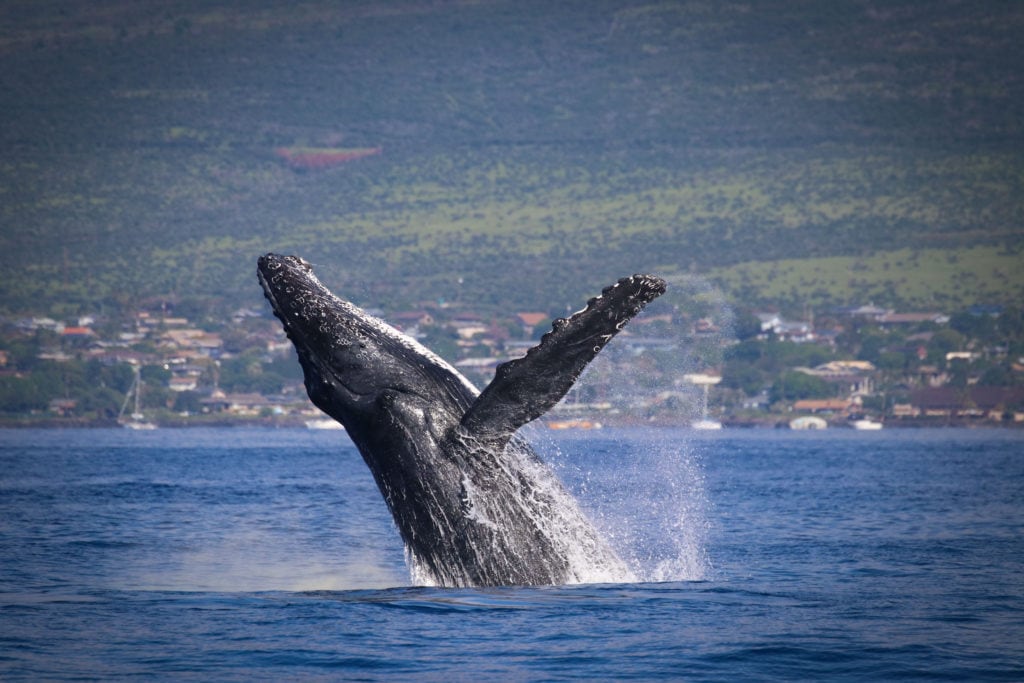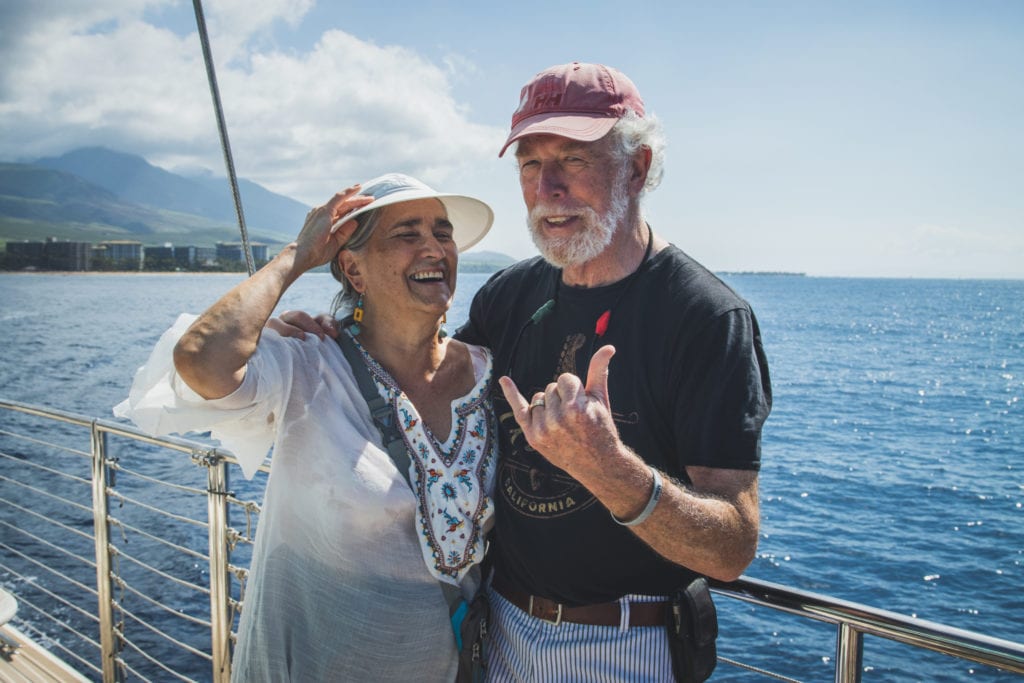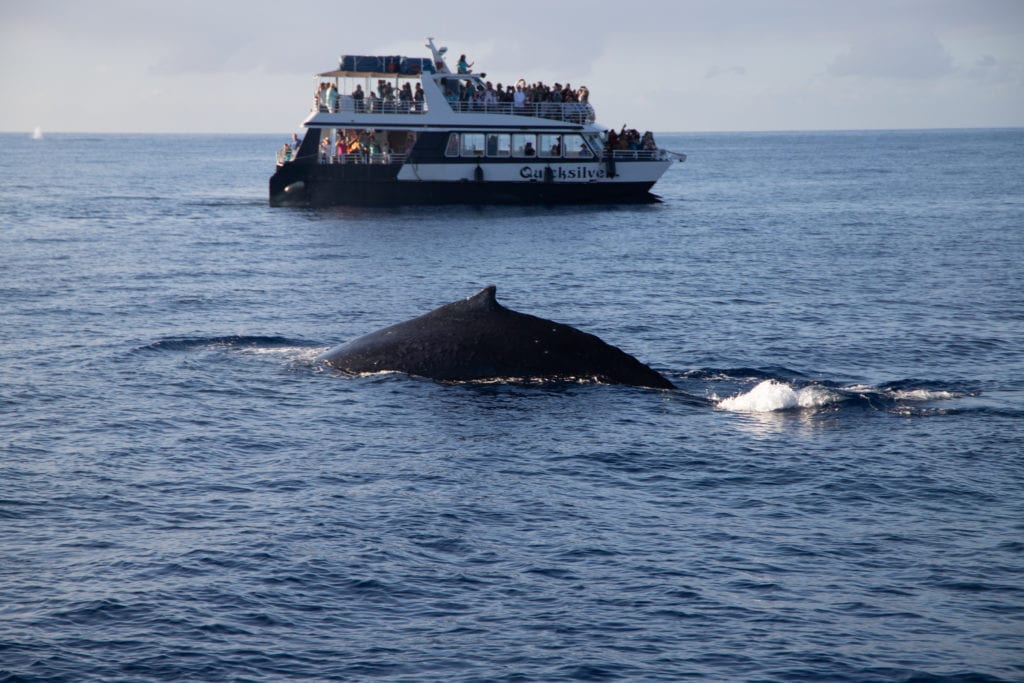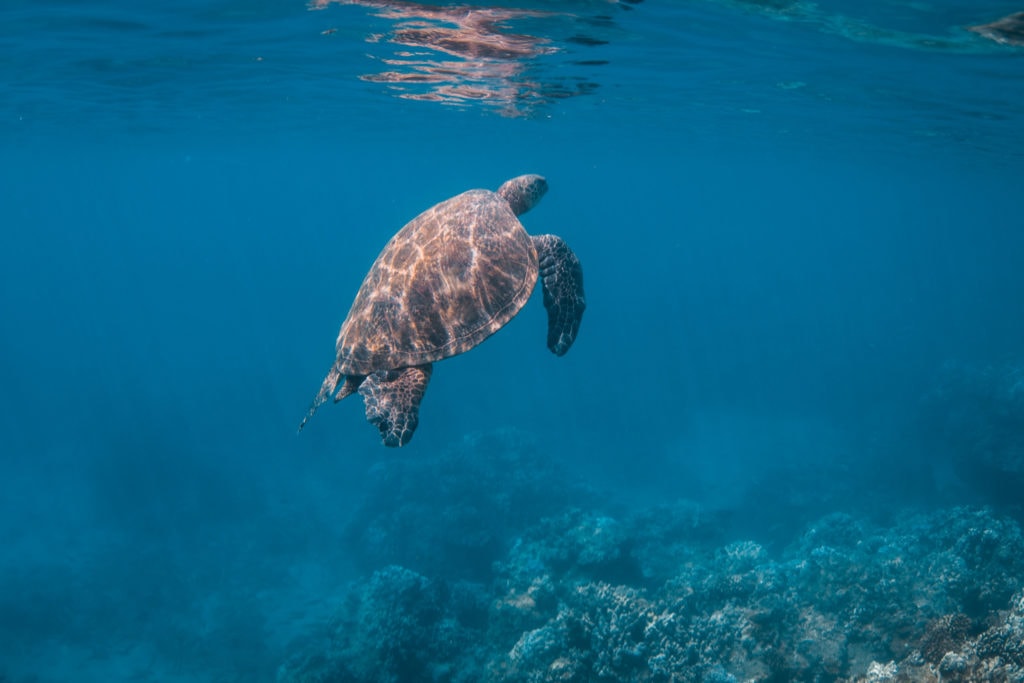Whales, dolphins, and porpoises, commonly called cetaceans, are fascinating creatures having evolved from land mammals over 60 million years while developing remarkable adaptations to enable them to live throughout the world’s oceans.

We have been lucky to have spent the last week on the island of Maui, Hawaii, while SV Tula continues to have her winter covers on and her 2 heaters keeping her water lines warm.
Yesterday, we decided to play tourist and view the many humpback whales which migrate here south during the Canadian winter. The recovery of the Humpback whale population from roughly 400 animals to an uncountable number in this region, is a wonderful story.

During January and February each year, possibly thousands of whales are found in the Pailolo and Auau Channels off the western shores of Maui – mothers giving birth and nurturing babies, one-year juveniles hanging around with their mothers, and amorous males vying for the attention of females. Mothers teaching their newborn young to breach or leap out of the water, is delightfully humorous.
Male humpbacks use a variety of techniques to attract females such as breaching, spy-hopping, tail-slapping, and bumping suitors aside. These battles can become quite heated. In 2 hours, we witnessed all of these displays, many at close quarters.

The captain of our 65-foot catamaran kept the boat the required 100-yard distance from whales at all times. Not an easy task, when some curious males seemed to like diving under the boat.
Breeding and calving can occur in Hawaiian waters any time between November and May each year. Then the long migration north to the feeding grounds in Canadian and Alaskan waters takes place.
Newly pregnant females leave first, followed by juveniles, then adult males and females. Mothers with newborn calves and accompanying aunts are the last to leave when the calves have developed sufficiently to undertake their first long journey north.
It is important that the calves are able to withstand attacks from ship strikes, off-shore orca, and potential orca attacks when they reach the northern feeding grounds. One year later, pregnant females will return to Maui to give birth, and conceive and then this life-cycle begins again.

On SV Tula, we very regularly encounter cetaceans. We are honoured with their presence and feel they should be designated ‘the 8th wonder of a very challenged world’.
During our 2023 teaching trip north to Prince Rupert and Haida Gwaii, we will no doubt meet and view many whales and much other wildlife, all in their own domain.
Check our page Cruising on Tula to know what to bring and make sure you have your camera!!
TulaSAILING thanks:
Our web-footed people Hayley Cook on SV ChasingEden in Western Australia, Josh Rohrback at Turnkey Website Solutions, the crew at www.teralani.net, and our great photographers Captain George Hamilton (of the good ship Bearded Lady 2), and Brooke at www.islanddreamproductions.com.
